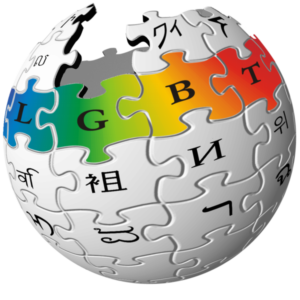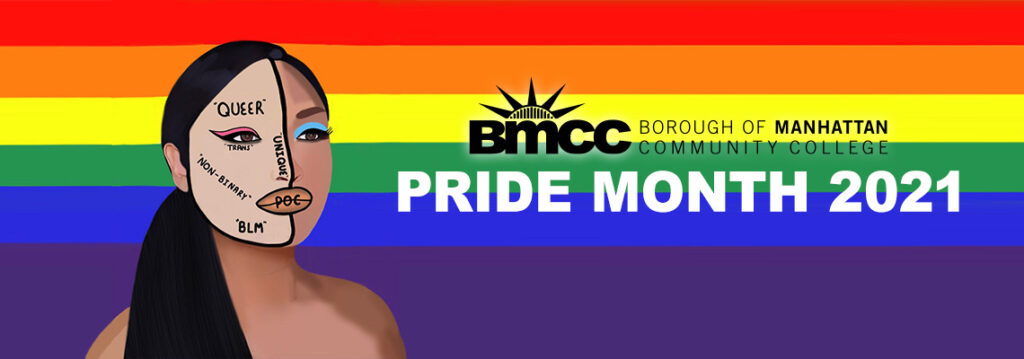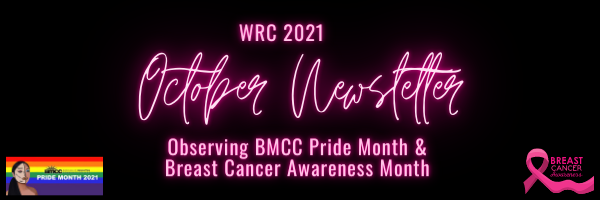Claire Goldberg Moses, wrote the piece, “‘What’s in a Name?’ On Writing the History of Feminism” (2012). In it, she analyses the history, scope, gains, and limitations that come from the collective term “feminism.” She emphasizes that the term feminism is not static or fixed. There is no singular definition for feminism. She explores what collective women’s activity has been included and excluded as feminist to illustrate that historians “construct a narrative of the past.” Moses then gives a brief history of women who claimed the term feminist to describe their collective action. She connects the discussion of women claiming the title of feminist to contemporary times by writing about the narrowing of the usage of the term “feminist” since the 1990s. Although sexism outraged her students, they rarely claimed the label of feminist. Moses then argues that the name “feminism” is important because the periods when women made the most gains were when women claimed, “the word ‘feminism’ most broadly, imbuing it with multiple meanings, and thereby created the largest sense of belonging, a shared aspiration for women’s empowerment.” She claims that the name “feminist” does matter because “our history matters,” because it is important to historically understand women’s inequality, and because names give strength to global movements.
Approach to history this semester
We began the history unit of the course last week, with the 19th century and the readings and video on suffrage. This week, we continue into the early 20th century with women’s role in the labor movement, as discussed through the example of the Triangle Shirtwaist Factory Fire, and the Equal Rights Amendment, which followed once the vote was won. We will take a somewhat chronological journey over the next few weeks, to understand how feminist thought has developed. Of course, this will not be a comprehensive history – there is another course for that. Rather, it will be a brief look at how one movement gave way to another.
You may be familiar with the idea of feminist waves. While there has been much debate about this metaphor and whether it is still useful, it does provide a way of teaching and learning about the development of feminist consciousness. Please know this is just one way to think about it. In reality, it is much messier, intersects with many ideas besides feminism, and nobody fully agrees on how to define the waves.
Throughout our study of the past we will observe 1.) Examples of women and LGBTQ+ people organizing for change 2.) activism to advance the interests of these communities and seek justice around identities 3.) activism to expose, challenge and destabilize hierarchies where one identity group is given more access to power.
Why study this history?
If we want equality today, we have to understand the past. Feminist analysis has always recognized that rewriting and remembering history is central to the project of equity. Considering history from a feminist point of view not only serves to correct to gaps, erasures, and misunderstandings of hegemonic master narratives we have been previously taught but also is a way for individuals to form a political consciousness and self-identity. Understanding the past can, for example, help us recognize that the current wave of new legislation regarding voting laws (most of which make it harder for people to exercise their right to vote) has a deep and nefarious history.


